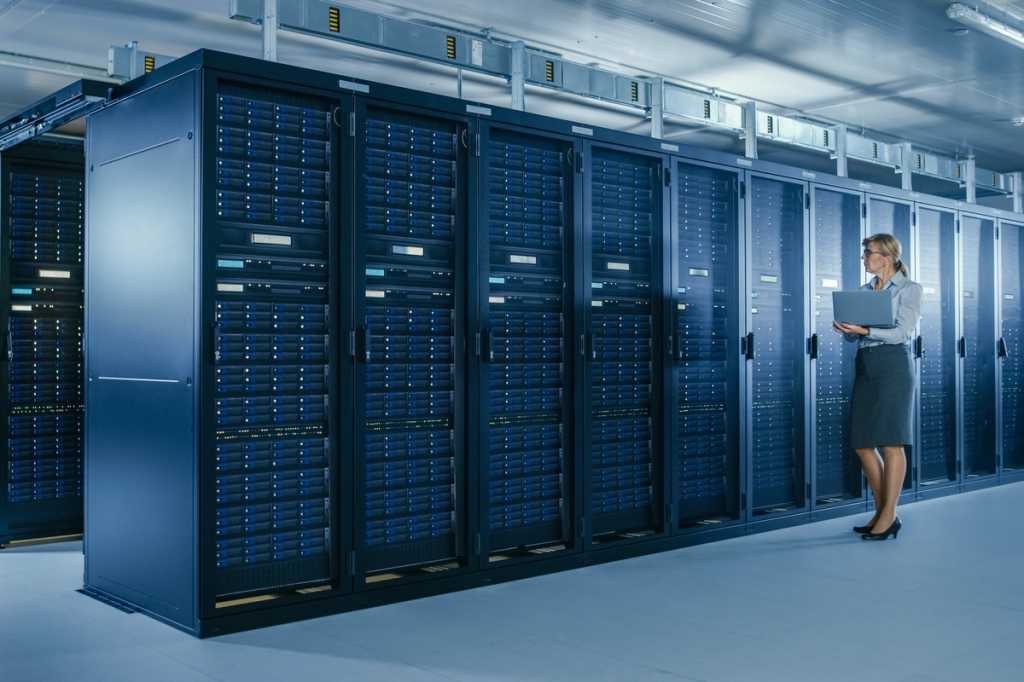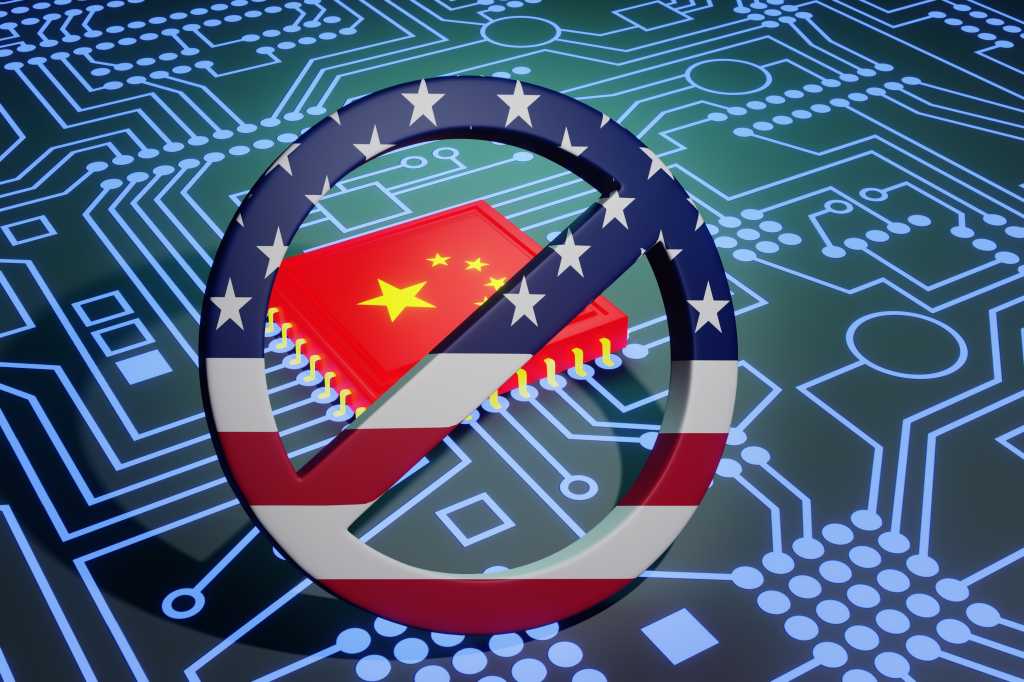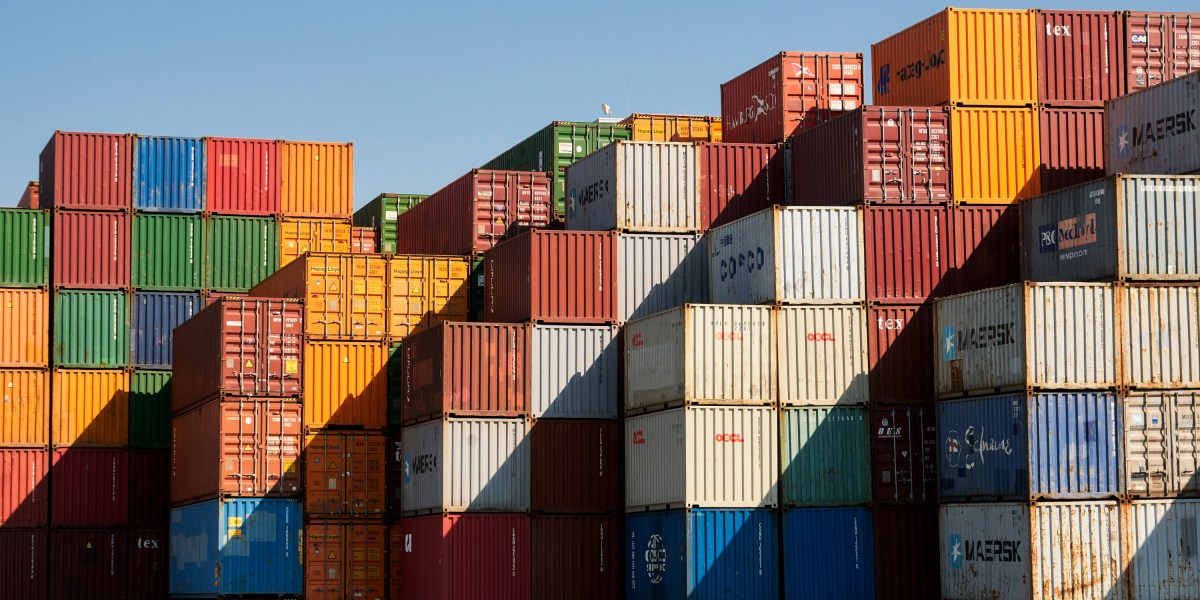
A U.S. district judge’s recent ruling against the sale of Gulf oil and gas drilling rights has major implications on future sales, according to Ellen R. Wald, the President of Transversal Consulting.
“It means that environmental groups can bring lawsuits against the Interior Department just because they don’t agree with a certain aspect of their environmental impact statement,” Wald told Rigzone.
The Transversal Consulting President outlined to Rigzone that interpretations of the National Environmental Policy Act, a law from 1970, have come to include “things like energy market forecasts for 30 years in the future” and said the Trump administration has an opportunity to change this.
Wald pointed out to Rigzone that the administration can do this “either by overhauling the judiciary, by changing the National Environmental Policy Act to be more specific about what must be included in an environmental impact statement so that it is not open to interpretation by the judiciary, or by taking the case to higher level courts (potentially even to the Supreme Court) where they could rule that the lower court was wrong in its interpretation of the National Environmental Policy Act”.
“Lower courts are supposed to follow the rulings made by higher courts and they should dismiss future cases made on these grounds,” Wald said.
“Ultimately if the Supreme Court rules on it, then the issue should be put to rest. Otherwise this issue will continue to plague oil and gas development in the United States,” Wald added.
Wald told Rigzone that current activity in the Gulf will not be impacted by the ruling, “only activity on the leases in question”.
“It isn’t clear whether companies started drilling operations or not or whether any injunctions were issued,” Wald said.
The Transversal Consulting President went on to tell Rigzone that she doesn’t see how the Trump administration can get around the ruling other than to appeal it.
Interesting Case
Wald told Rigzone that this is a very interesting case, particularly because the lease sale was mandated by law.
“Most lease sales are done by the executive branch and Congress doesn’t get involved,” Wald pointed out.
“However, in this case, the executive branch (under Biden) was refusing to hold any lease auctions for oil and gas drilling in the Gulf … These lease auctions were written into the Inflation Reduction Act, which was passed by both houses of Congress … and signed by President Biden,” Wald added.
“In other words, two co-equal branches of government agreed that, by law, this sale had to take place,” Wald continued.
“Now, a federal district judge (the lowest level federal judge there is) has ruled that this sale isn’t valid because a department within a department of the executive branch didn’t include in its environmental impact statement how a prediction of what the energy market might look like in 20 years could impact the emissions that might arise from oil and gas activity that might happen on this land,” Wald went on to state.
The Transversal Consulting President told Rigzone that this is an example of the judiciary running amok.
“No one knows what the energy market is going to look like in the future and there is no way to predict what impact that might have on any emissions that might arise from anything,” Wald said.
Also commenting on the recent ruling, Andy McConn, Head of Commercial Intelligence at Enverus, told Rigzone that recently leased blocks contribute little to near-term production and have a greater effect on longer-term potential.
“We suspect the recent ruling will not affect the administration’s pro oil and gas stance, which could include increasing the frequency of offshore lease sales after the Biden administration had reduced it,” McConn added.
In a statement posted on the Sierra Club’s website recently, environmental groups welcomed the ruling by the district judge, who is part of the United States District Court for the District of Columbia.
Rigzone contacted the court’s media liaison, the White House, and the U.S. Department of the Interior (DOI) for comment on Wald and McConn’s statements.
In response, a DOI spokesperson said, “the Department of the Interior reaffirms its unwavering commitment to conserving and managing the nation’s natural and cultural resources, upholding tribal trust responsibilities, and overseeing public lands and waters for the benefit of all Americans, while prioritizing fiscal responsibility for the American people, but Department policy is to not comment on litigation”.
At the time of writing, the court’s media liaison and the White House have not responded to Rigzone.
To contact the author, email [email protected]




















